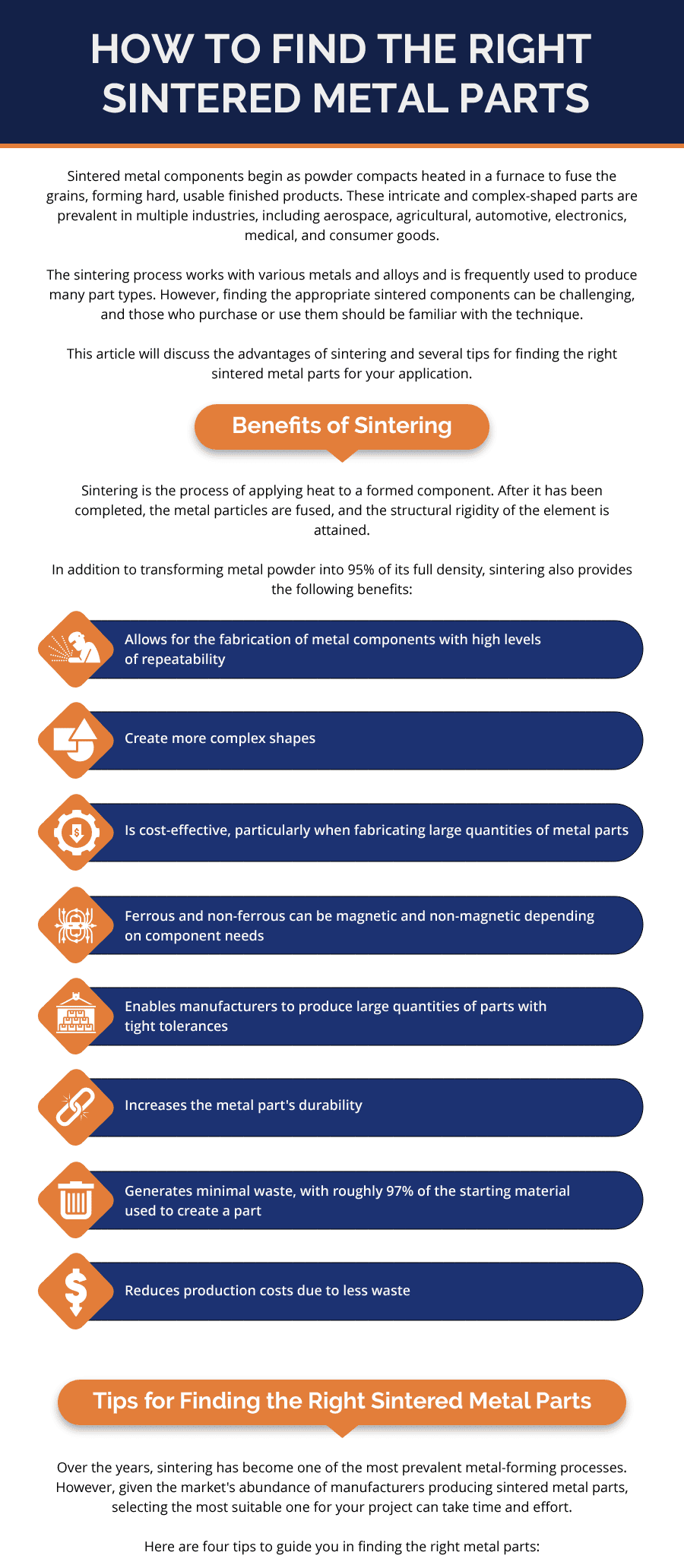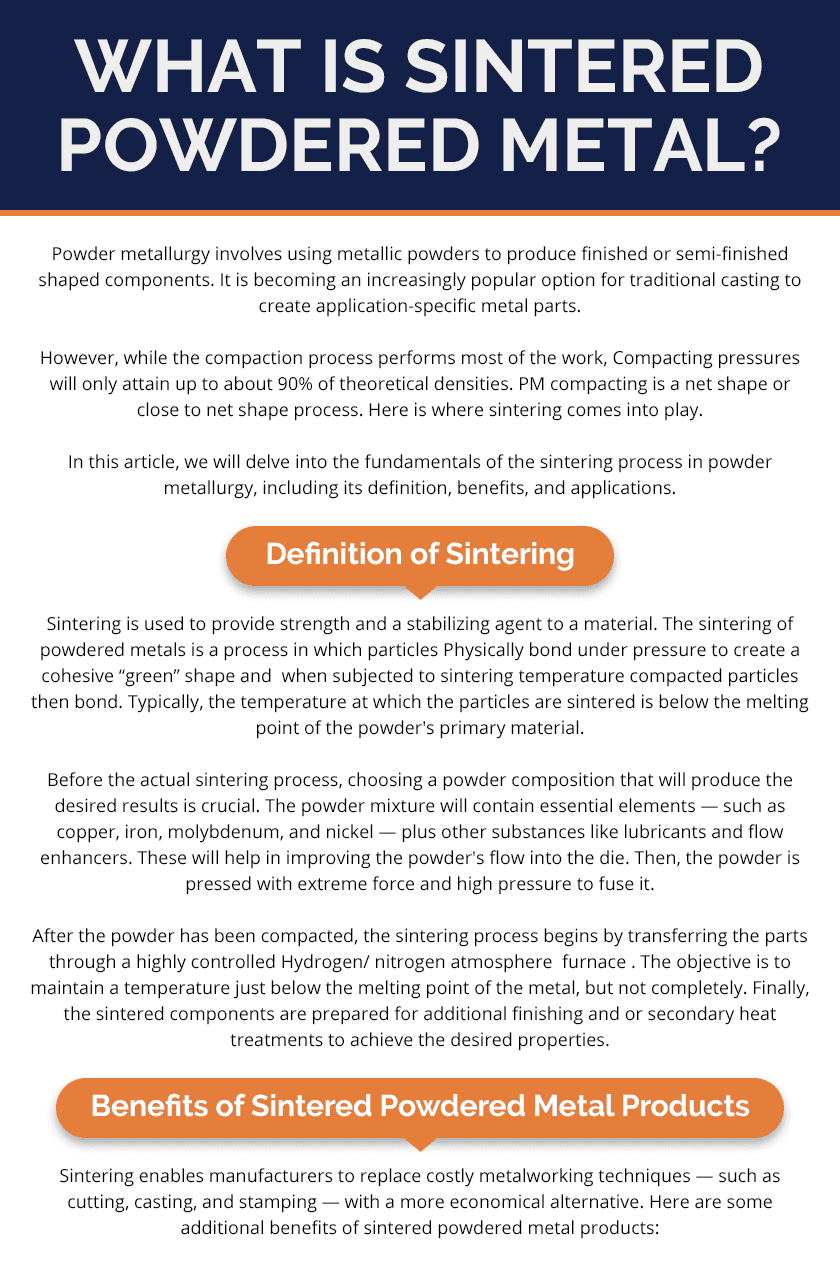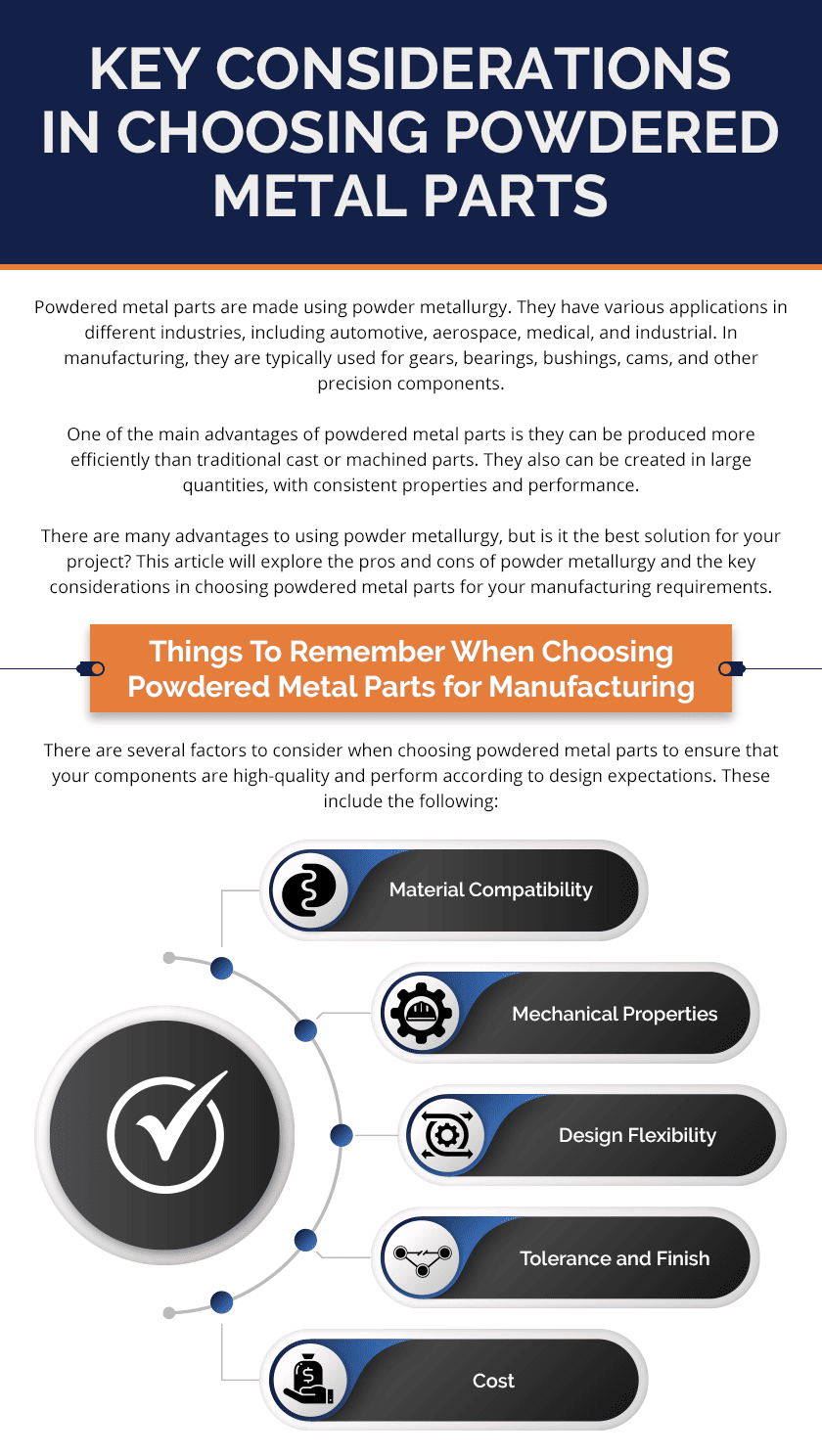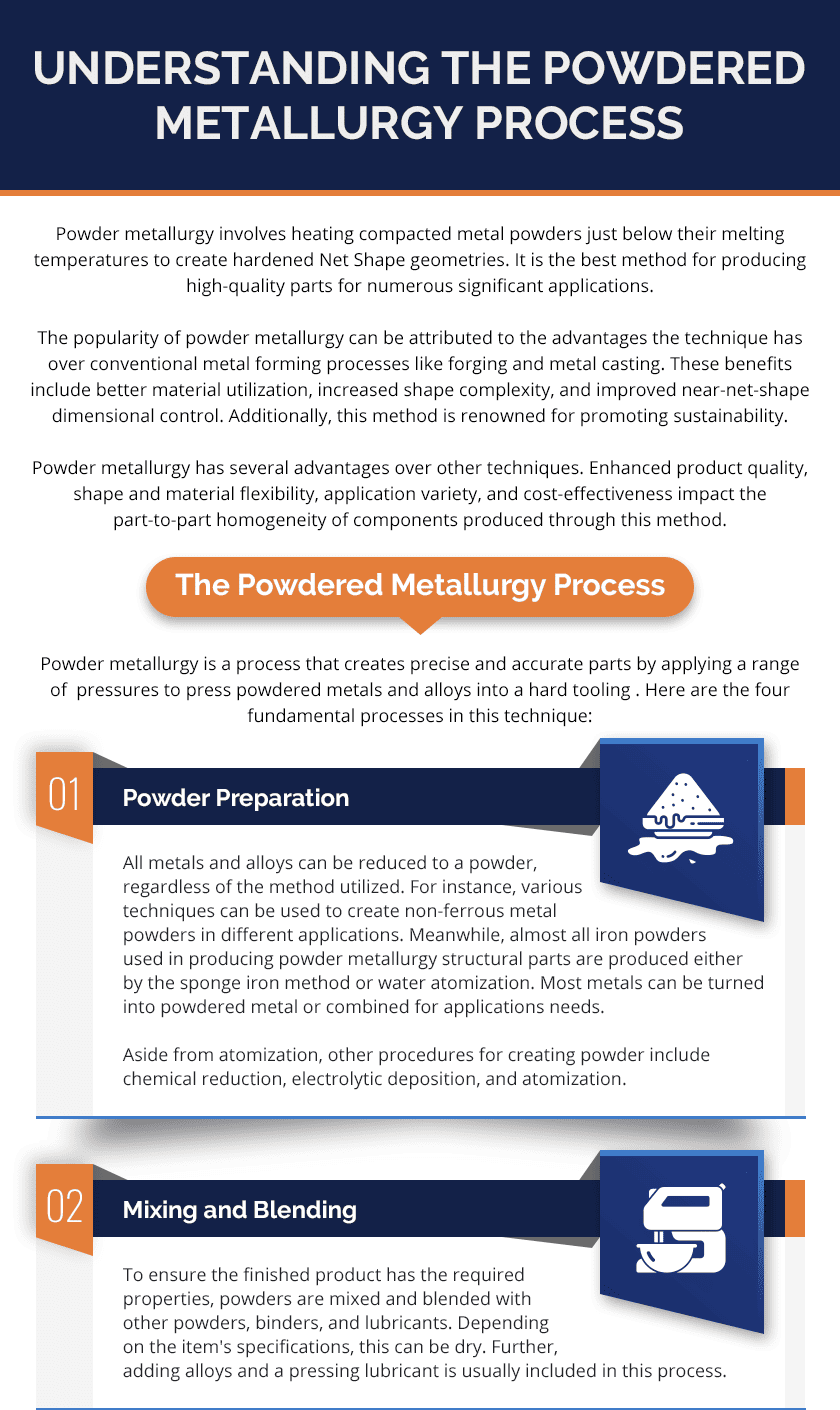Surface Protection & Finishing with Plating for Powdered Metal Parts
Comments Off on Surface Protection & Finishing with Plating for Powdered Metal PartsWhat Is Surface Plating?
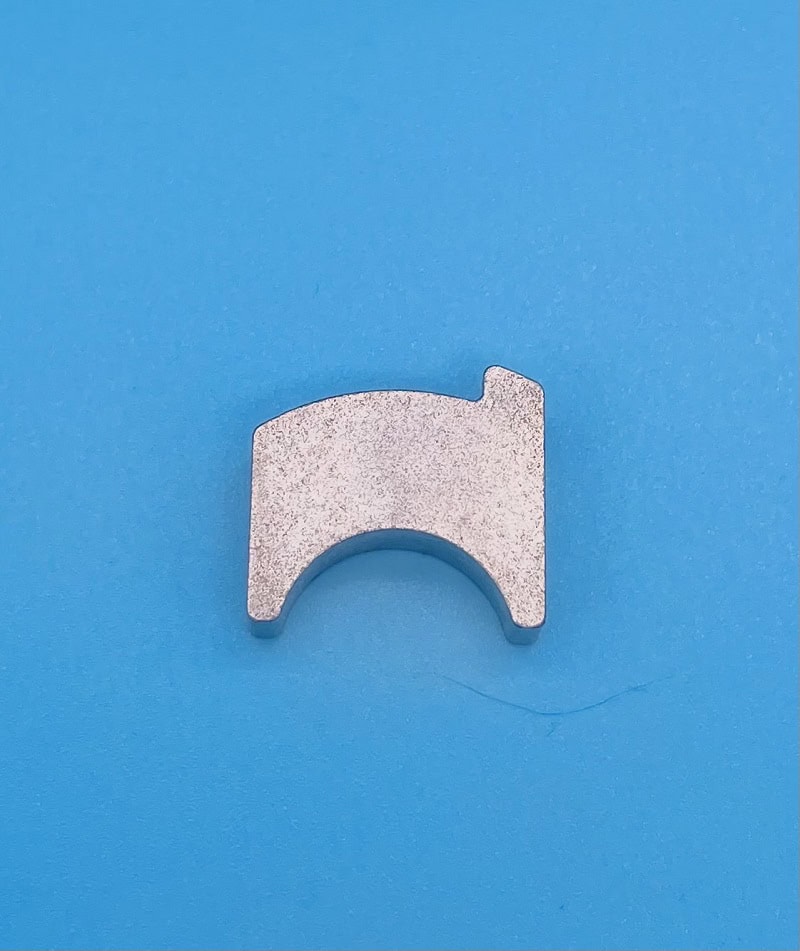
Types of Plating Methods for Powdered Metal Components
Plating methods like electroplating, electroless plating, and immersion plating each offer unique advantages such as cost-effectiveness, thickness, and compatibility with different core and surface metals. Compare these three techniques to find the right option for your next manufacturing order:
Electroplating
The most popular plating option, electroplating, is a simple and versatile surface plating technique. Manufacturers place the workpiece (also called the cathode or substrate) in a chemical solution of salts. They also place the anode, a positively charged electrode (typically made from the same material as the plating metal) in the chemical bath. Manufacturers then apply an external current, oxidizing the metal ions into the bath to create a new layer of metal around the workpiece.
Manufacturers can control the process by adjusting the voltage and duration of the current, the chemical makeup and temperature of the bath, and the distance between the cathode and anode components.
Electroless Plating
Electroless plating also uses a chemical solution to achieve the desired plating effect. However, this method doesn’t require a current from an external power source. Instead, the bath uses a reducing agent to deposit nickel into the bath, creating a reduction of nickel ions that attach to the surface of the submerged metal workpiece.
Electroless plating can achieve a smooth, even finish when used with metals like nickel, copper, or gold.
Immersion Plating
Immersion plating uses chemically inert (nobler) metals like gold, platinum, and silver to coat metal components. Manufacturers submerge the workpieces in a solution of noble metal ions. The workpiece attracts the metal ions until the entire surface is covered.
Immersion plating only works when coating less noble metals with more noble metals, achieving an even coating on materials like copper upon completion.
Benefits of Plating for Surface Protection on Powdered Metal Parts
Surface plating pairs the strength and flexibility of powdered metal with the protective characteristics of specialty coatings to produce smooth, even surfaces on powdered metal parts. This results in beneficial characteristics such as:
- Increased durability: The right surface plating can protect metal components from impact damage, abrasion damage, and other mechanical hazards.
- Higher corrosion resistance and oxidative resistance: Surface plating does this by shielding the functional metal with corrosion-resistant alloys.
- Reduced friction: Plating can reduce friction by creating a smoother surface texture. Our team can achieve this with a nickel and PTFE (Teflon©) coating.
- Aesthetic finishes: Surface plating can produce a shiny or aesthetically appealing metallic surface on products.
Applications of Plating in Manufacturing
Manufacturers across every industry choose plating as their preferred finishing option because it offers so many benefits across diverse use cases. Some of the most popular applications for surface plating in manufacturing include:
- Electrical components
- Gears and other mechanical parts
- Medical devices and implants
- Contacts
Plating Services From Allied Sinterings
Metal components work best when they have a strong construction and reliable surface-level protection. At Allied Sinterings, we have the resources and expertise to achieve both. Along with manufacturing standard and custom powdered metal products, we provide surface plating and related services that align with customers’ varying project goals, product applications, and budgetary needs. We support small OEMs, Fortune 500 companies, and everyone in between with high-quality plating options for consumer goods, industrial components, medical devices, and more.
As part of our ongoing commitment to quality and ISO 9001:2015 certification, we complete all plating services from a climate-controlled workshop in the United States, using comprehensive process monitoring and computer-supported quality assurance programs to meet or exceed the quality requirements of every project.
Contact us today to find the right plating techniques for your products, or request a quote to start your order.

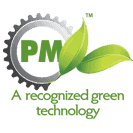

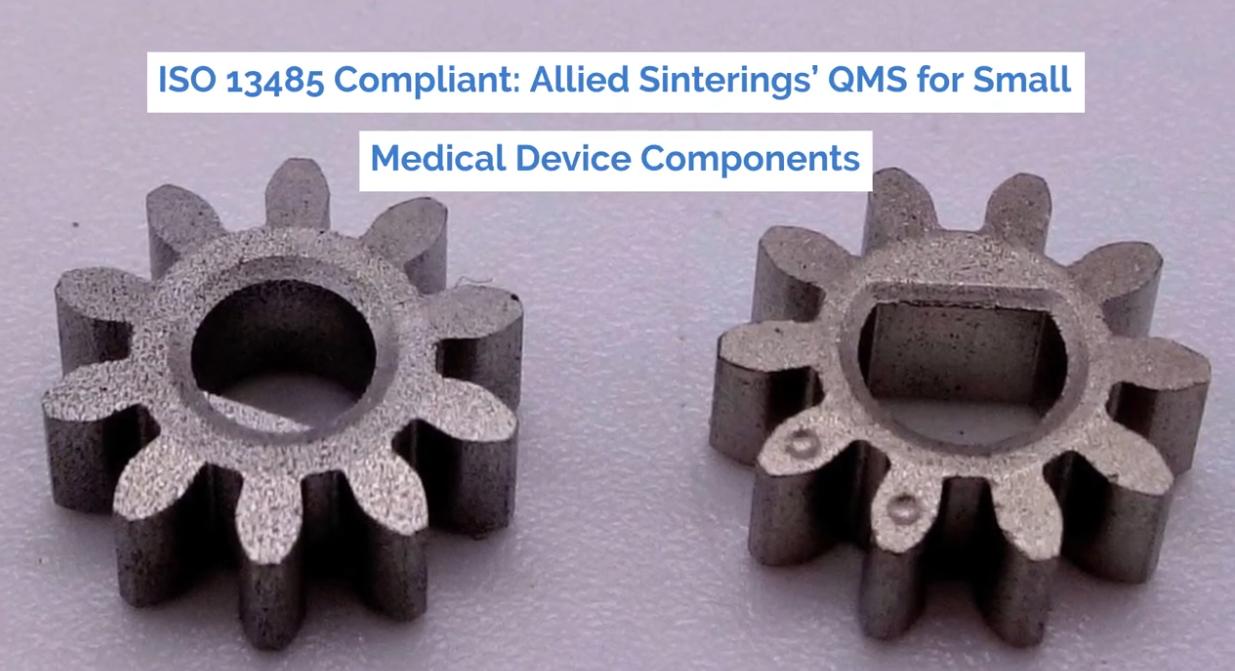

 Carbides are compounded metals made by blending carbon with other metals or semi-metals. In manufacturing applications, such as stamping, drilling, and cutting, tungsten carbide is a common choice for tooling. It combines the properties of both materials, resulting in high-strength tools that are wear and heat-resistant, extremely hard, and highly durable over time. In fact, carbides can be up to three times stronger than steel and as strong as diamond.
Carbides are compounded metals made by blending carbon with other metals or semi-metals. In manufacturing applications, such as stamping, drilling, and cutting, tungsten carbide is a common choice for tooling. It combines the properties of both materials, resulting in high-strength tools that are wear and heat-resistant, extremely hard, and highly durable over time. In fact, carbides can be up to three times stronger than steel and as strong as diamond.

